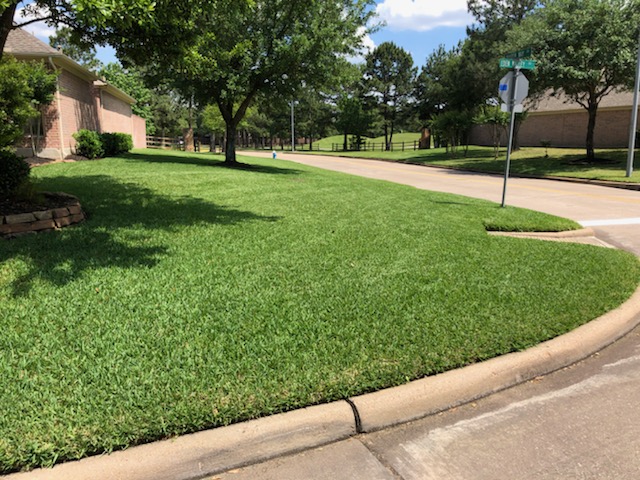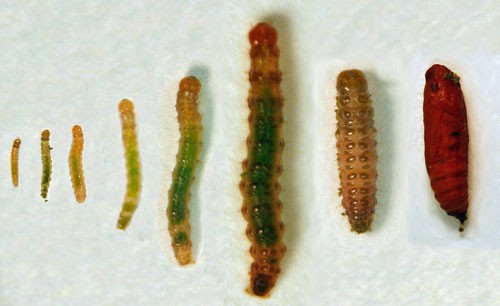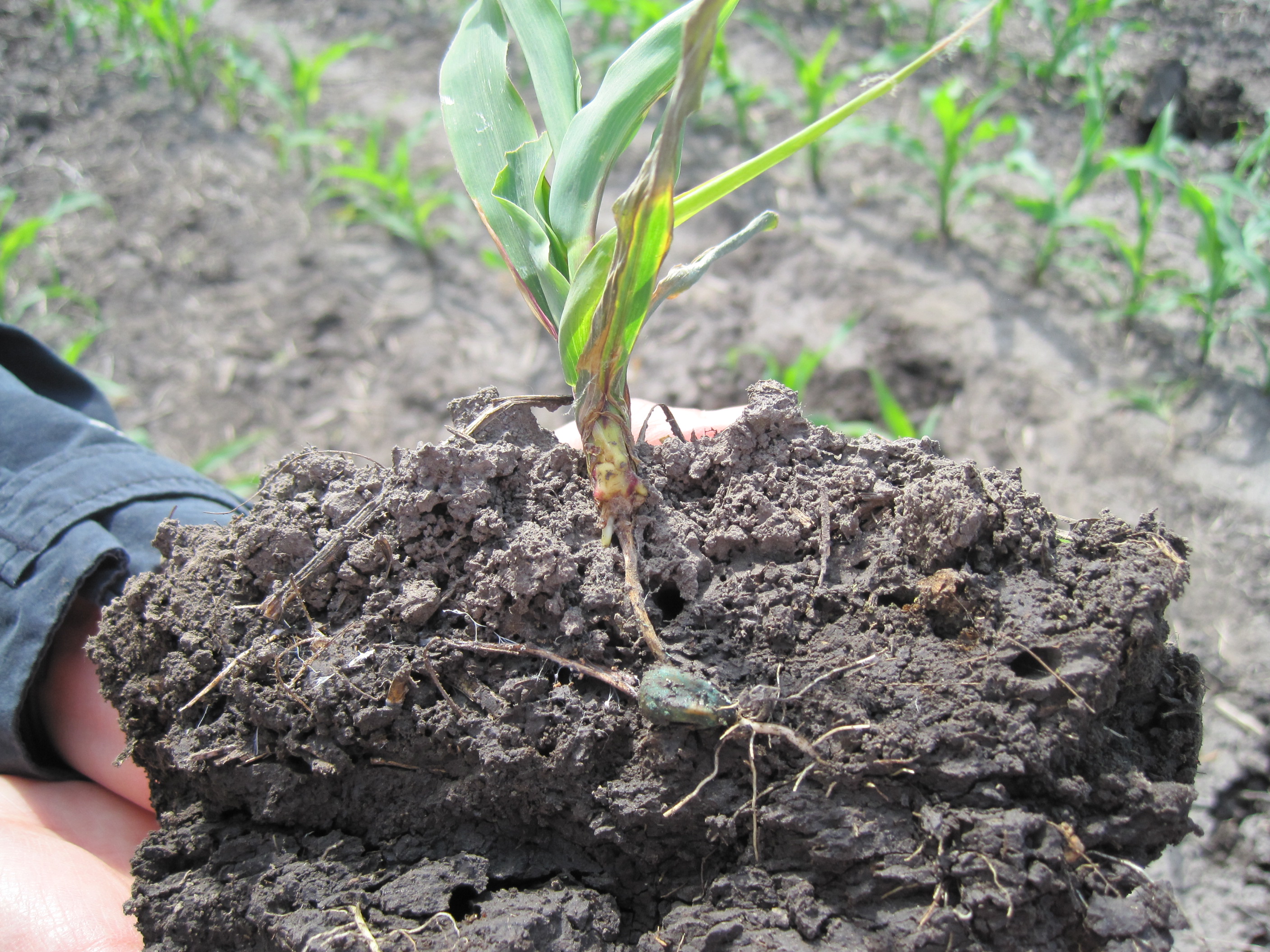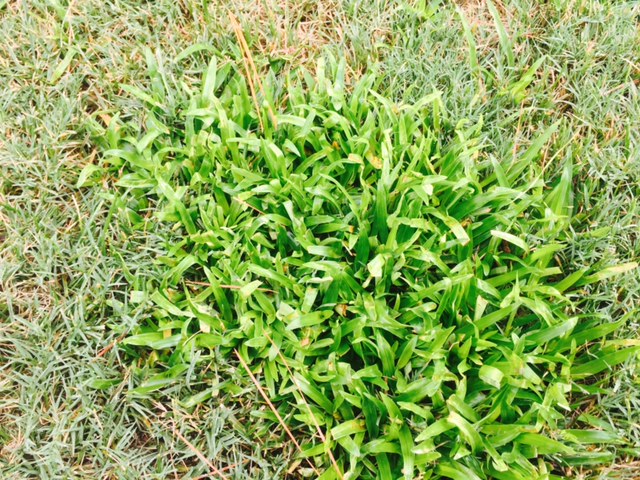Last year I put together a comprehensive recommended treatment plan for your lawns which you can read here.
A lot of that plan would also be very beneficial this year, but the incessant rain over the last 6-7 months has weakened our grass and gives reason to hesitate before following a previous year’s plan. I would encourage everyone to have an expert assess the current condition of their lawn before making big changes. (If you are already a customer of Flaherty & Sons I will be making those assessments available for all upon request.)
If you want a more specific diagnosis, customized plan, or are a passionate DIY-er, then Agrilife offers amazing soil and grass testing services at very reasonable prices and include recommendations with their results (see forms for submitting samples here and here, or ask us about taking a sample for you.)
Treatment Plan 2019
Once you know your grass is in stable condition (or exactly what you’re up against if not), then below are my treatment recommendations for 2019.
- Instigate our recommended Mowing and Watering practices. These two factors will play a huge part in how well your lawn does and maximize the benefits of any treatments applied.
- Re-condition the soil. If the grass is in stable (enough) condition, look to treatments like aeration, compost top dressing and organic soil conditioners to put back some of the nutrients all the rain has washed out. We are now recommending these practices at least once a year.
- Go Hybrid Organic. It’s not a foolproof plan, but it gives your lawn the best possible chance of sustaining it’s own healthy growth.
- Apply Nematodes* – last year was the first year we used these in any widespread manner and it yielded great results! Not only were the Nematode treated yards more resilient against last Fall’s Armyworm breakout, most performed better than other yards in all aspects of health and strength.
- Weed control, weed control, weed control. Read this for what to be looking out for and put a plan in place now with your lawn crew and lawn treatment provider for the best chance of battling these grass-killers.
- Monitor Your Lawn. I can’t emphasize this enough, walk your yard, know what to look for, catch problems early, ask for help if you are concerned or unsure.
My Terrible Sales Pitch
Last year was a really tough year for everyone in the business of caring for grass (and many others besides who work outside!) What I’m about to say isn’t a tangible concept for traditional successful lawn treatment, and is an absolutely terrible sales pitch, but in many ways it is the most important factor:
Don’t hire someone to treat your lawn so you never have to worry about it.
Mother nature is a fickle mistress, you can do everything right and she will still turn a lawn upside down and shake it by it’s Take-All infested roots until the St. Augustine falls out and Doveweed takes over. Be informed, be educated, be aware and you will be rewarded ten-fold for your time and efforts and feel personally proud that your hand has guided your Lawn’s success, even if you’re not the one choosing the fertilizer or lugging a wheelbarrow of compost around in July!
If you simply CANNOT monitor your lawn – if work, or family, or illness, or just honest lack of interest, removes that as an option, then tell your Lawncare provider so they can create a treatment schedule with that in mind.
I am really excited about working with you to provide a beautiful, healthy lawn this year. Let’s get started!!





Leave A Comment